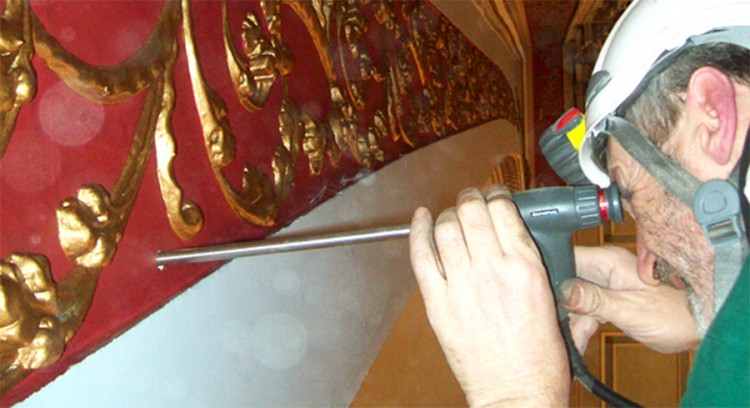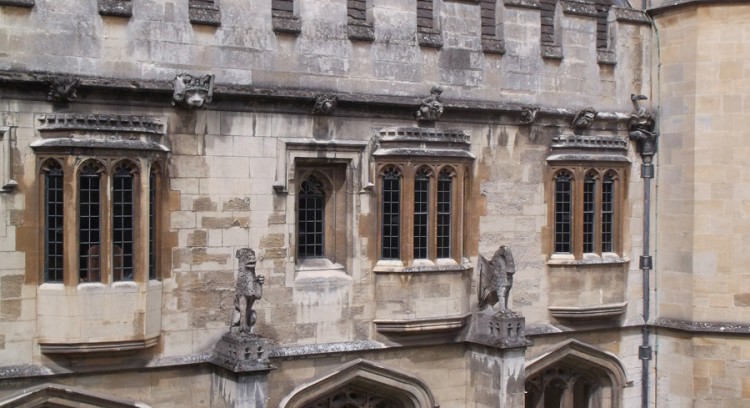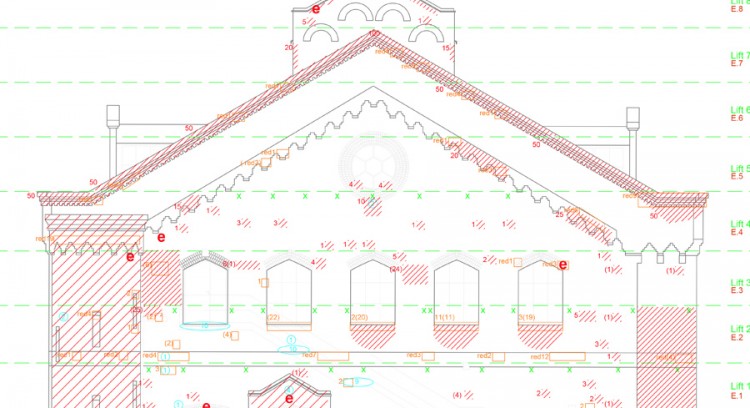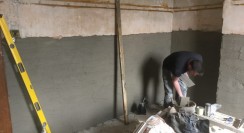 Neglect the maintenance of a period property and you’ll regret it. Problems such as missing roof tiles, cracked gutters or blocked drains can lead to serious damp and decay issues and, if not put right, could pose a threat to the structure of the building. The longer these problems go unchecked, the greater the damage and the further the building’s structure and value will erode. In this article, we look at some of the most common period property problems and how you can solve them.
Neglect the maintenance of a period property and you’ll regret it. Problems such as missing roof tiles, cracked gutters or blocked drains can lead to serious damp and decay issues and, if not put right, could pose a threat to the structure of the building. The longer these problems go unchecked, the greater the damage and the further the building’s structure and value will erode. In this article, we look at some of the most common period property problems and how you can solve them.
1. Regular maintenance and a thorough inspection routine
Whether the property in question is a cottage, church, or a castle, maintenance needs to be planned carefully and a regular and detailed inspection process set up. When problems are discovered they should be put right as soon as possible. Keep a lookout for those areas of the building that are a cause for concern in the future. Record all the jobs that need to be done and when – this includes chimney sweeping, exterior painting, gutter and drain checks, missing roof tiles, cracks in the walls and so on, so that repair work can be scheduled appropriately.
If the property is in a very bad state, you may need to call in the services of specialist building pathologists to check for building defects and building decay. They will report back with suitable remedial and management solutions.
2. Start inside
The inspection process should start with the interior. Check carefully throughout for any signs of dampness, beetle infestation, rot, fungal growth, vermin, or structural movement. Although a degree of movement is inevitable, examine any cracks in case these are serious. It’s worth remembering that many old buildings were built using lime and other materials that allow for some structural movement.
To check for dampness, look under the stairs, behind cupboards and in the roof space. Many structural problems result from wood rot. Rafters in the roof can be severely weakened by long-term dampness, as can floor joists and wooden lintels above windows and doors.
3. The exterior
When you’ve completed the interior checks, move outside and look for any broken roof tiles, gaps in the brick mortar, loose fragments of window putty, or where the putty has come away from the frames. Also, check pieces of wood from joinery for any signs of rot. Test the areas where rot is suspected by piercing the wood with the point of a knife; dry, sound timber will resist penetration.
Make sure there are no missing roof tiles and repair any broken gutters and downpipes. Keep an eye out for areas where moisture can penetrate the building and cause damage to the core structure. Finally, make sure the pipework, including the waste pipes, are in good working order and that there are no leaks, dripping taps and that the stopcocks are not so stiff they can’t be turned off.
You might have to hire a cherry picker to gain access to the roof, where you should inspect the key parts of the building. Damage to the brick or stonework should be noted along with any joinery defects. Nowadays, on tall, old buildings, drones are used to take aerial pictures.
4. Singing in the rain
It’s a very good idea, although not that comfortable, to conduct a drain inspection during a heavy downpour. This can prove particularly informative, as it will reveal water leaks and overflows from gutters, downpipes and gullies. Clear any leaves, moss and other debris from these areas. The inspection covers of drains should be lifted and checked and where you suspect there are pipe problems, hire a specialist drain company to check these.
5. Ventilation and vegetation
Good ventilation is vital and helps keep the timbers inside the building dry. Make sure air bricks are clear, so that the ventilation below any suspended floors is at its optimum. If there’s any soil banked up against the building walls, remove it because this can cause damp. You should also remove any dense vegetation growing close to the walls. Finally, after prolonged rainfall, high winds, ice and snow, it’s a good idea to check the building for any damage.
6. A useful check-list
• Check for damp timbers and signs of dry rot
• Check the condition of the roof, tiles and chimney
• Check downpipes, gutters and other pipework
• Check the foundations
• Make sure your legal company has experience with period properties
• Make sure you’re aware of all the historic rights, property access points and covenant issues
• Make sure you have a gas and electric survey carried out
Are you looking to buy property in UK ? Hurghada , Scotland , Istanbul , Sahl Hasheesh , Dubai
Are you looking to rent property in UK ? London , Manchester , Reading , Leeds , Cardiff













Author
Homesgofast com
Homesgofast.com is an international real estate portal and news source for Google news. Publishing international real estate, finance, homes and travel-related news and blogs for a targeted audience since 2002. Each news item is circulated to thousands of potential readers each day and is also available to the millions of people who sign up for Google news alerts. Find homes offered for sale and to rent direct from owners and some of the best real estate agents from over 35 countries